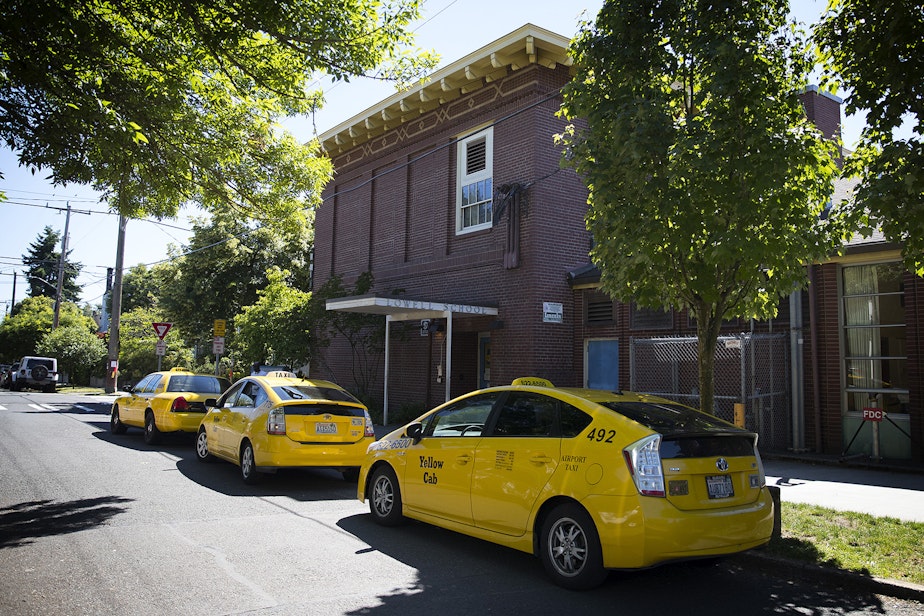Child homelessness has doubled in Washington state in the last decade

More than 40,000 students are homeless in Washington state, and living without stable housing is hurting their performance at school.
Those are some of the findings in a new Schoolhouse Washington report.
The report, based on data from the Washington state Office of Superintendent of Public Instruction, details a sharp rise in student homelessness in K-12 public schools across the state over the past decade.
Here are some of the big takeaways:
• The number of students identified as experiencing homelessness in Washington has almost doubled over the past 10 years to 40,365 students during the 2017-18 school year. In part, this could be due to better data collection and reporting.
• The vast majority of students experiencing homelessness are doubled-up, living with friends or relatives. But a growing number are sleeping outside in places like parks, vehicles or abandoned building. This unsheltered population grew from 4 percent of homeless students in 2015 to 7 percent in 2018.
• Academic outcomes for students experiencing homelessness remain well below those of their housed peers.
Sponsored
• Students of color are disproportionately experiencing homelessness. More than 60 percent of students experiencing homelessness in Washington are students of color.
• Homelessness impacts students across the state. Cities have higher numbers of homeless students, but rural areas have higher rates of student homelessness.
The report finds, regardless of where a student is sleeping at night – doubled up with friends or relatives, outside, in a shelter, in a hotel or motel – academic outcomes for those with unstable housing are pretty similar and much lower than their peers.
There have been some gains for homeless students. The percentage of students experiencing homelessness who graduate within four years has increased to 56 percent. This is still lower than graduation rates for their housed peers, but the gap between the two groups has narrowed since 2015.
The past few years have also seen improvements in several academic outcomes for students experiencing homelessness, according to the report, including English language arts and mathematics proficiency.
Sponsored
However, outcomes for their housed peers have increased faster and the gaps between the two groups have grown.
Daniel Zavala is the director of policy and strategic communications at Building Changes, a nonprofit organization focused on youth and family homelessness. Schoolhouse Washington is a project of Building Changes.
He said students experiencing homelessness across the state are struggling more than their peers in school.
“That, in and of itself, creates long-standing issues around access to opportunities after high school,” Zavala said.
The report shows students who are homeless have lower attendance rates than those who are housed.
Sponsored
“In 2018, about 62 percent of students experiencing homelessness attended school regularly, well below the 86 percent rate for all housed students and 81 percent for housed, low-income students,” the report states.
The report also finds homeless students are more likely to be suspended.
“Students experiencing homelessness are 2.5 times more likely to be suspended than their peers,” Zavala said.
He said it’s important to recognize that this is a population that may be more likely to need access to a safe place — and that becomes inaccessible when a student is suspended.
Zavala said there are schools across the state that are doing well for their homeless students.
Sponsored
He said it’s incumbent on policy makers and educators to identify where those places are and to share those practices that are working.




